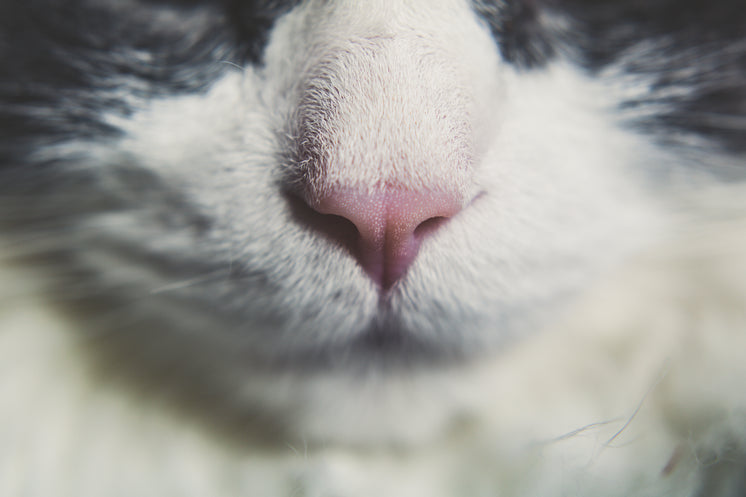The Economics of Cat Litter: Cost-Effective Solutions
The Economics of Cat Litter: Cost-Effective Solutions
Blog Article

Cat litter and litter boxes play a critical function in the lives of both cats and their owners. From the simple starts of sand and soil to the ingenious advancements of today, the world of cat litter has developed considerably. In this thorough guide, we dive into every aspect of cat litter and litter boxes, exploring their history, types, benefits, challenges, and everything in between.
The history of cat litter dates back centuries, with ancient civilizations using sand, soil, and even ashes as primitive litter materials. However, it wasn't until the mid-20th century that modern cat litter as we know it emerged. In 1947, Edward copyright introduced the world's first commercial cat litter made from absorbent clay, transforming the way cats relieved themselves indoors. Because then, cat litter has undergone various changes, with the intro of clumping litter, silica gel litter, naturally degradable alternatives, and more.
Today, feline owners are ruined for option when it concerns choosing the best litter for their feline companions. Conventional clay litter remains popular for its affordability and effectiveness in absorbing odors. Clumping litter, which forms strong clumps when wet, streamlines cleansing and upkeep. Silica gel litter, made up of extremely absorbent silica crystals, provides exceptional smell control and longevity. Naturally degradable choices, such as recycled paper, wood pellets, corn, and wheat, attract environmentally conscious customers.
Each kind of cat litter provides unique advantages. Clay litter masters its capability to take in moisture and control odors, making it a trusted option Self Cleaning Litter Boxes for lots of feline owners. Clumping litter streamlines day-to-day Clay Cat Litter scooping and extends the time in between total litter changes. Silica gel litter provides exceptional smell control and can last longer in between replacements. Naturally degradable litters use a sustainable option that reduces environmental effect.
While cat litter improves indoor feline hygiene, it is not without its obstacles. Dust from clay litter can present respiratory threats for both felines and humans, triggering the popularity of dust-free options. Some felines may establish litter box aversion due to issues with texture, aroma, or cleanliness, necessitating experimentation with various litters and box configurations. Multi-cat families may need strategic litter box positioning and regular maintenance to avoid territorial disputes and make sure all cats have access to tidy facilities.
Picking the suitable litter box is essential for promoting favorable litter box habits and total feline well-being. Factors to think about cat litter box with lid consist of size, availability, and design choices. Covered litter boxes provide personal privacy and assistance contain smells, however some cats might find them restricting or daunting. Open-top litter boxes offer simple access and exposure but may lead to more litter scatter. Automatic self-cleaning litter boxes improve upkeep but need regular monitoring and maintenance.
Appropriate litter box upkeep is essential for making sure a clean and inviting environment for both felines and their owners. Daily scooping removes waste immediately, reducing smell and discouraging litter box hostility. Regular litter replacement, usually every 1-2 weeks, prevents bacterial accumulation and keeps optimal absorbency. Comprehensive cleansing with mild detergent and water, preventing extreme chemicals that may prevent felines from utilizing the box, need to be performed monthly.
Cat litter and litter boxes play a main function in fostering a healthy and harmonious relationship in between felines and their human companions. With a diverse selection of litter options and litter box designs offered, feline owners have the versatility to tailor their choices to fit their felines' choices and family needs. By understanding the development, types, advantages, and obstacles of cat litter and litter boxes, pet owners can provide their feline buddies with a comfy and sanitary indoor environment.